Have you ever slipped off your shoes during a long drive to feel more comfortable? Or perhaps you’ve wondered whether kicking off your flip-flops on a hot summer day is against the law. The question, “Is it illegal to drive without shoes on?” has sparked debates and fueled myths for years. In this comprehensive guide, we’ll explore the legality, safety concerns, pros and cons, and cultural nuances of driving barefoot in the United States.
Understanding the Legality: Is Driving Barefoot Illegal?
Contrary to popular belief, there are no federal laws in the United States that prohibit driving without shoes. However, traffic regulations can vary from state to state. Let’s delve into the specifics.
State-by-State Overview
| State | Is It Illegal to Drive Barefoot? | Additional Notes |
|---|---|---|
| California | No | No laws prohibit driving without shoes. |
| Texas | No | Driving barefoot is legal, but safety is encouraged. |
| New York | No | No specific laws against it. |
| Florida | No | Driving without shoes is permitted. |
| Ohio | No | Legally allowed, but officers may cite for careless driving. |
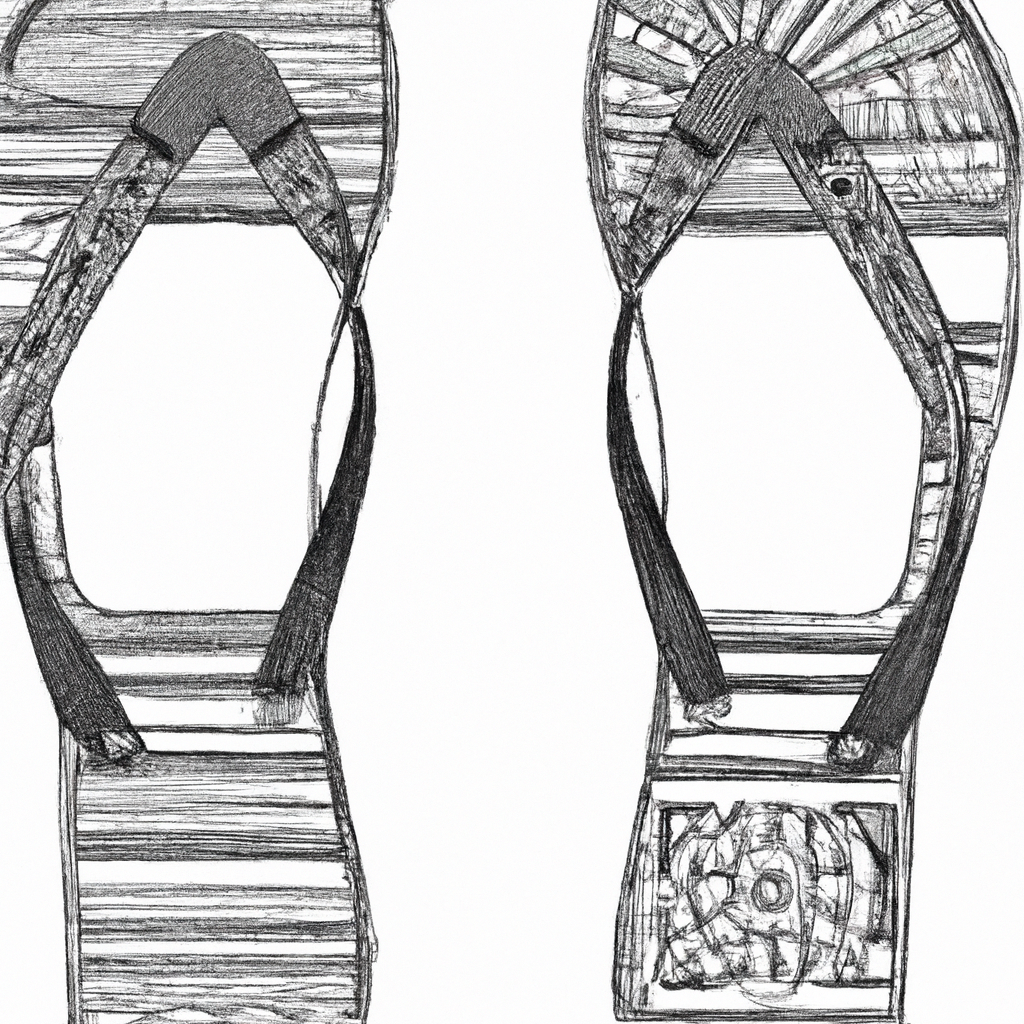
As illustrated, no state outright bans driving without shoes. However, motorists are expected to maintain control of their vehicle at all times.
Debunking Myths and Misconceptions
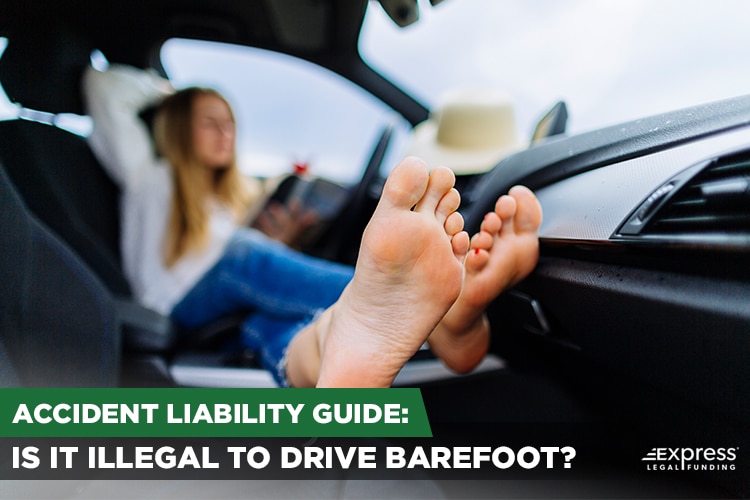
The myth that driving barefoot is illegal likely stems from safety concerns and the potential for officers to cite drivers for negligence if an accident occurs while driving shoeless.
Common Misbeliefs

- Insurance Issues: Some believe that insurance companies won’t cover accidents if the driver was barefoot. This is false; insurance policies do not have such exclusions.
- Traffic Violations: While not illegal, driving barefoot could lead to citations if it contributes to reckless driving.
Pros and Cons of Driving Without Shoes

Pros
- Comfort: Allows feet to breathe and reduces discomfort during long drives.
- Sensitivity: Better pedal feel, which can enhance control for some drivers.
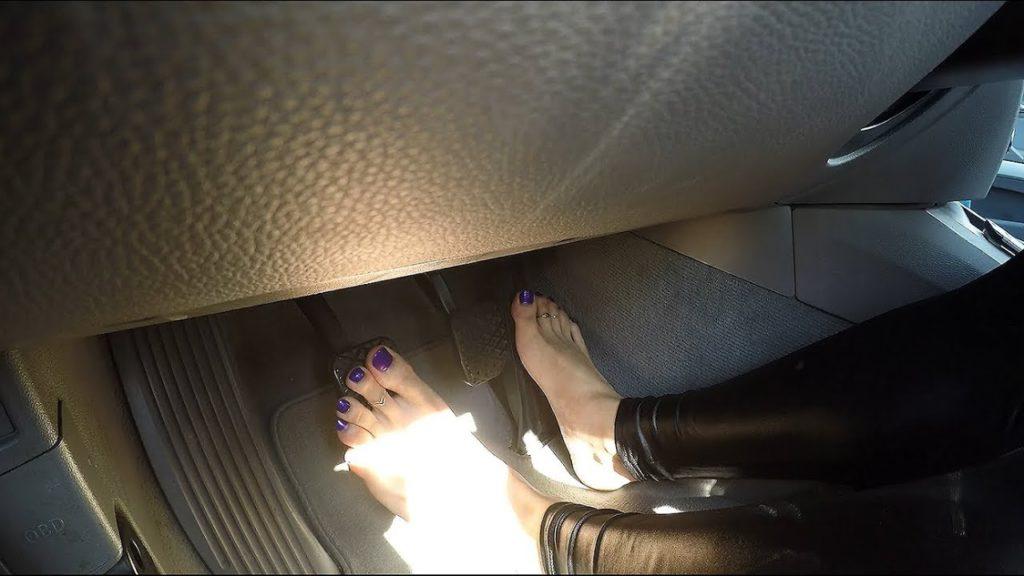
Cons
- Safety Risks: Feet may slip off pedals due to sweat or lack of grip.
- Injury Potential: Increased risk of foot injury in the event of an accident.
- Legal Liability: Could be deemed negligent if barefoot driving causes an accident.

Safety Concerns and Expert Opinions
While not illegal, safety experts often advise against driving without proper footwear. The National Highway Traffic Safety Administration (NHTSA) emphasizes the importance of secure and comfortable footwear to prevent accidents.

Expert Tips
- Wear Appropriate Footwear: Opt for shoes that offer good traction and pedal feel.
- Avoid Loose Shoes: Flip-flops and sandals can slip off and obstruct pedals.
- Keep a Spare Pair: Store driving shoes in the vehicle for convenience.
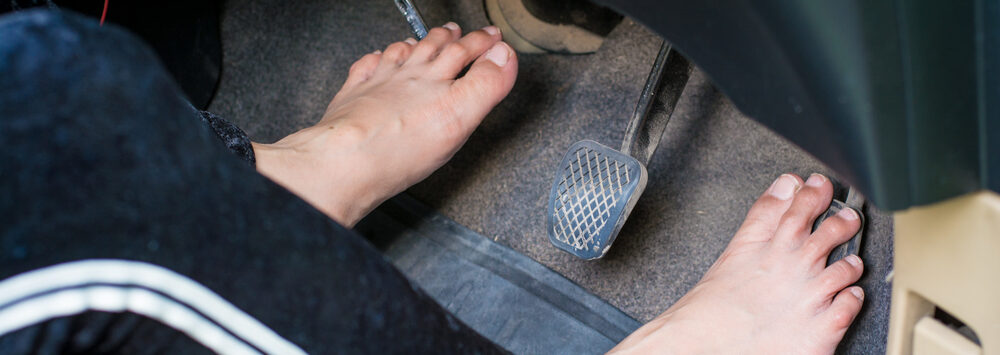
Cultural and Local Experiences
In many coastal areas and warmer states like Florida and California, it’s common for locals to drive barefoot after a day at the beach. While culturally accepted, it’s essential to consider safety.
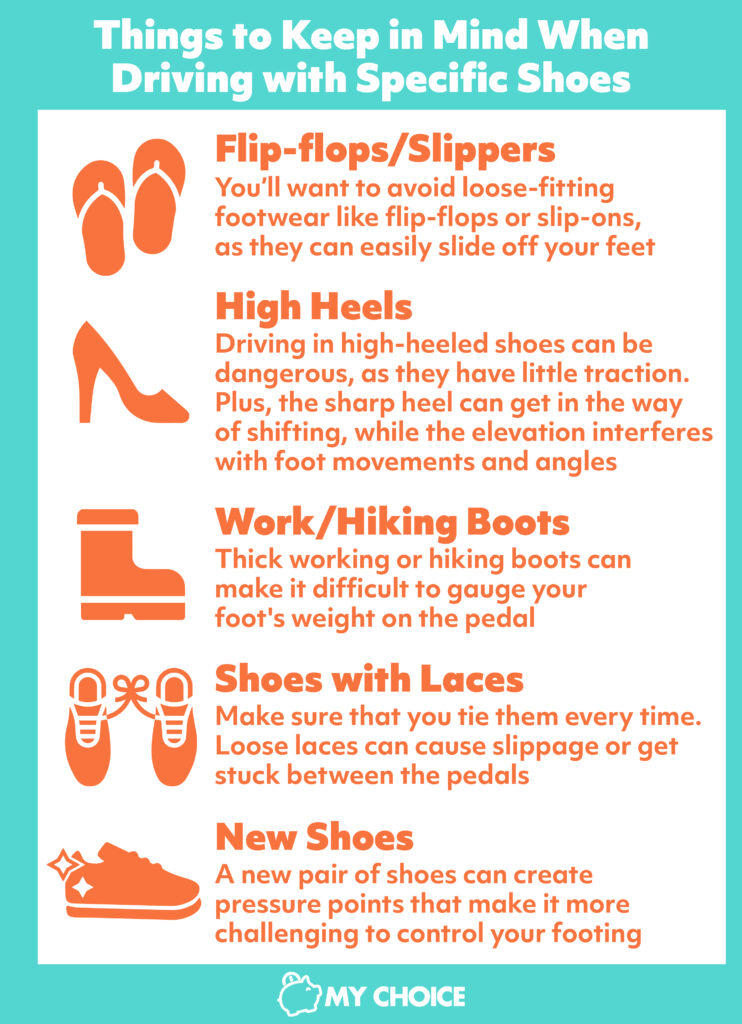
Alternatives: Choosing the Right Footwear
Driving Shoes vs Regular Shoes vs Barefoot
| Footwear Type | Advantages | Disadvantages |
|---|---|---|
| Driving Shoes | Designed for pedal control, good grip. | May not be suitable for walking outside vehicle. |
| Regular Shoes | Comfortable for extended wear. | Soles may be too thick, reducing pedal feel. |
| Barefoot | Enhanced pedal sensitivity. | Safety risks, potential for foot injury. |
Tips for Safe Driving Without Shoes
If you choose to drive barefoot, consider the following tips to enhance safety:
- Ensure Pedal Cleanliness: Keep pedals free of dirt and moisture to prevent slipping.
- Check Vehicle Regulations: Be aware of local laws and guidelines.
- Foot Protection: Keep shoes accessible in case of emergencies.
Frequently Asked Questions (FAQs)
Is it illegal to drive with flip-flops or sandals?
No, but like driving barefoot, wearing flip-flops can be unsafe due to the possibility of the footwear slipping off and interfering with pedal operation.
Can I get a ticket for driving barefoot?
While not illegal, if driving barefoot contributes to reckless driving or an accident, law enforcement may cite you for negligence or careless driving.
Are there any states where it’s illegal to drive without shoes?
No states have laws specifically prohibiting driving without shoes. However, always check local regulations for any updates.
Does driving barefoot affect insurance coverage?
No, insurance policies do not exclude coverage based on footwear. However, negligence leading to an accident may affect claims.
What is the safest footwear for driving?
Shoes with thin soles and good grip, such as driving moccasins or athletic shoes, are considered safe for driving.
Conclusion
Driving without shoes in the USA is generally legal, but safety should always be a priority. Understanding the pros and cons, along with state guidelines, can help you make informed decisions. Whether you prefer the comfort of bare feet or the security of proper footwear, being attentive and cautious on the road is paramount.
